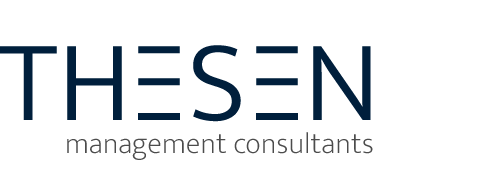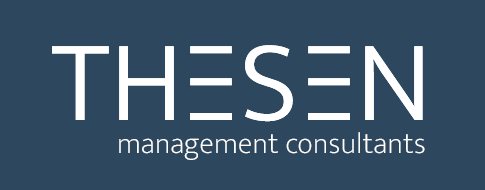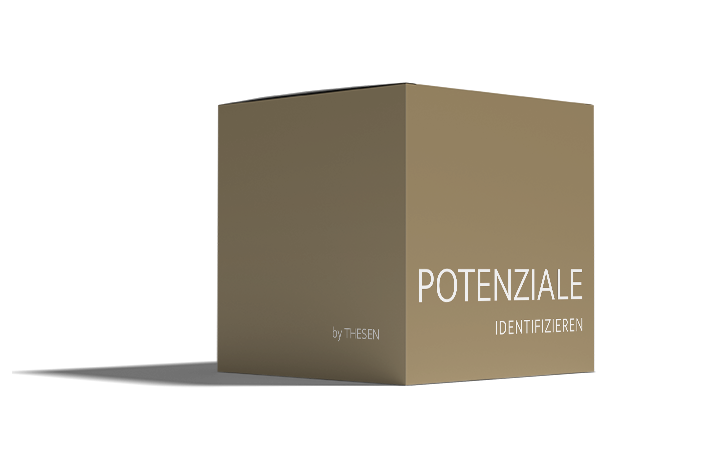MAKE-OR-BUY-ANALYSIS
by THESEN
In-house production or purchase? The THESEN make-or-buy analysis provides well-founded information for your decision.

MAKE-OR-BUY-ANALYSIS
by THESENIn-house production or purchase? The THESEN make-or-buy analysis provides well-founded information for your decision.
To maintain the competitive edge, all companies seek to achieve an optimized framework for the in-house products as well as optimized purchase conditions for the purchased products or services. To maintain and strengthen the competitiveness it is absolutely necessary to always review the key factors for certain products, primary products, components or semi-finished products. The make-or-buy analysis will concentrate on the following questions:
Is the in-house production still appropriate (make) or should you rather purchase external products (buy)? You can also reverse the question: Is purchasing still efficient or should you rather opt for in-house production?
The approaches of in-house production and external procurement have to be intensely examined, analyzed and balanced against each other with regard to your competitiveness and value creation. Here, the established make-or-buy analysis by THESEN will develop its effect; it will consider all factors that are of importance for operational and strategic make- or-buy decision.
In addition to the cost-effectiveness analysis, the riskswill be examined and evaluated. At this point, the following factors are of particular importance:
- Objectives
- Quality assurance
- suppliers
- Costs
- Liquidity
- Time
An operational make-or-buy decision will aim at short-term and cost-oriented advantages, a strategic make-or-buy decision at long-term advantages. Strategic decisions are gaining more and more importance, but they also are more complex.
Make-or-buy decisions are certainly among a company’s most demanding decisions. In most cases it is time- and capital-consuming to undo changes in the manufacturing area within short time. An accurate identification and balancing of opportunities and risks is absolutely necessary.
Multiple factors influence the decision
Pros in the case of “make”:
- Manufacturing processes remain flexible
- Independence from suppliers
- Know-how and learning curve in the own company
- Maintenance of company secrecy and know-how
- Low coordination effort
- Low logistic costs
Cons in the case of “make”:
- Increased expenses for procurement processes and capital
- Time- and cost-intensive processes
Pros in the case of “buy”:
- Concentration on the core business
- Reduction or avoidance of investment and maintenance costs
- Reduced fixed costs
- Reduced storage costs
- Avoidance of costs due to external research and development
- Transfer of risks to suppliers
Cons in the case of “buy”:
- Dependence from suppliers will strongly increase
- Low influence on qualitative and economic deficits of the supplier
- Putting the own production at risk
- Reduced quality of the overall product
- The supplier will become knowledge carrier and competitor
- The supplier will receive secret key knowledge and company data
Value Creation
by THESENGet to know us!
We look forward to your inquiry. We would be happy to present our solution approaches
and our methods to you in a personal conversation.




